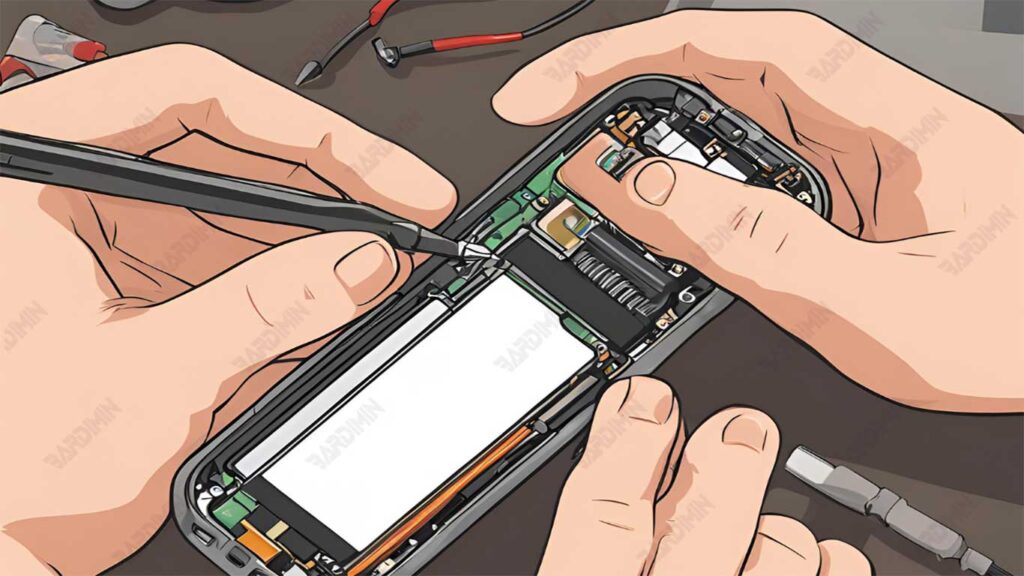Battery charging problems are one of the things that mobile phone users often experience. The symptoms of this problem can vary, ranging from a battery that doesn’t charge at all, a charging sign that appears but the battery doesn’t increase, to the appearance of the message “Not Charging” or “Bad Connecting Charging” when the charger is connected. Some phones can also get hot while charging.
Battery Charging Problems
Battery charging faults can come in many forms. Some common signs that often occur include:
1. The battery does not charge at all
This is a situation in which the phone does not react when connected to the charger. No charging signs appear on the screen, the lights don’t turn on, and the phone stays off or shows a very low battery percentage. This indicates a serious problem that is blocking the electric current from reaching the battery.
2. There is a charge sign but the battery does not increase
In this condition, the phone indicates that the charging process is in progress. You may see a lightning icon on the battery, a charging animation, or a battery percentage that looks like it’s increasing.
However, after a while, you will realize that the battery percentage does not really go up, or it can even decrease even when the charger is connected. This indicates that despite indications, the battery is not getting any power, or very little power is received.
3. When the charger is plugged in, the message “Not Charging” appears:
When you connect the charger, the mobile phone system displays the message “Not Charging”. This message indicates that the phone has detected a problem with the charger, connection, or internal components that are blocking the charging process. The system intentionally does not allow charging the battery to prevent further damage.
4. When the charger is connected, the message “Bad Connecting Charging” appears:
The message “Bad Connecting Charging” indicates that there is a problem with the quality of the connection between the charger and the phone’s charging port. This problem can be caused by a dirty, loose, rusty, or damaged charger connector. The system detects that the connection is unstable and cannot provide enough power.
5. When the charger is plugged in, the phone gets hot:
This condition occurs when the temperature of the phone increases significantly while charging. This overheating can be caused by a short circuit, faulty components, or efficiency issues in the charging circuit. If not addressed immediately, excessive heat can damage the battery and other internal components.

Solutions to Battery Charging Problems
Here are the steps you can take to solve battery charging problems on your phone, from the easiest to the most complicated:
1. Replace the Charger and Check the Voltage
The simplest first step is to try another charger that works fine. Make sure the charger matches your phone and has the right voltage output.
How to Do:
- Look for another charger with the same or better specifications than the problematic charger.
- Check the label on the charger to make sure the voltage output is in the range of 5 to 7 Volts.
- Connect the new charger to the phone and see if charging is working normally.

